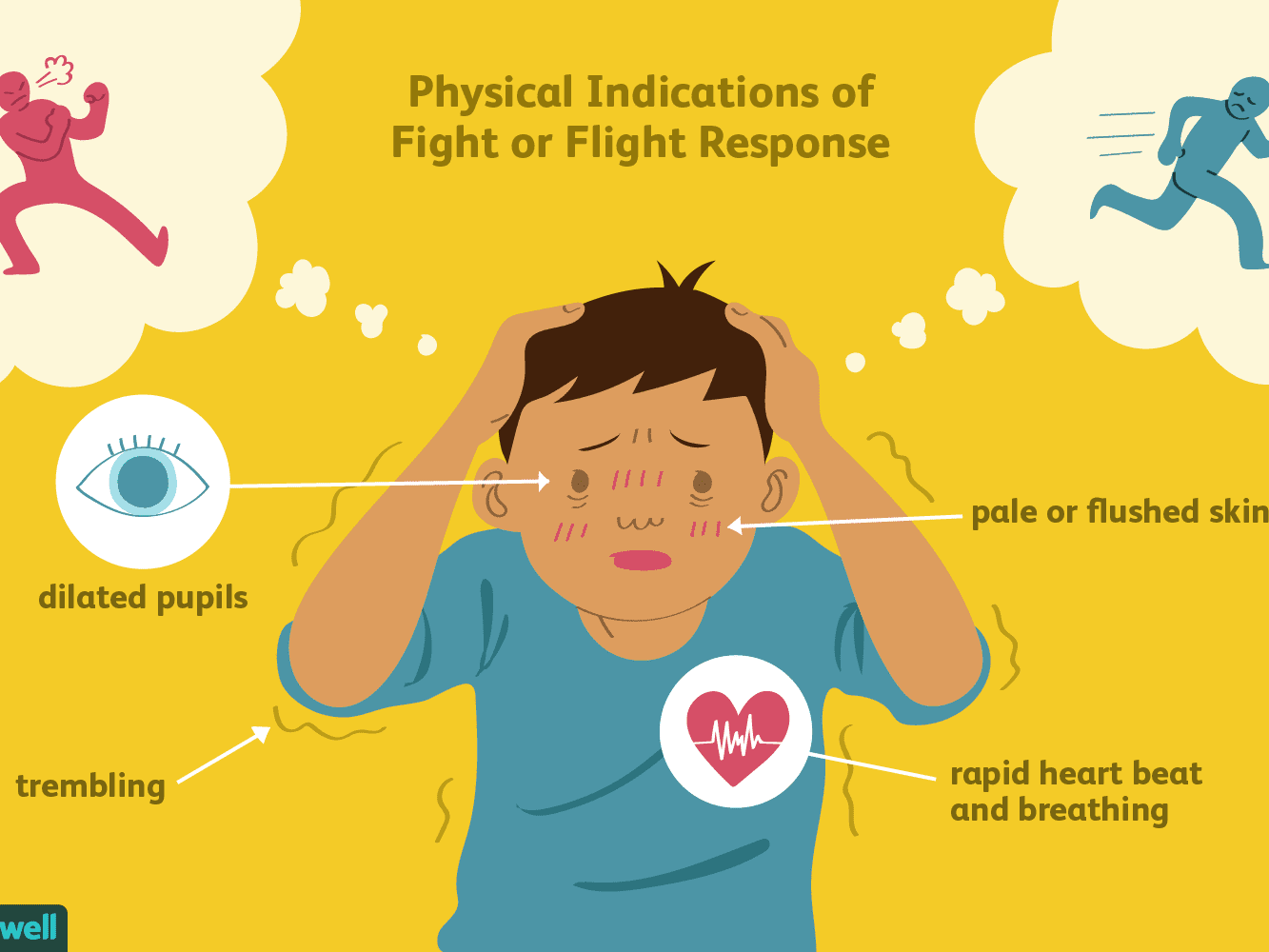Your Nervous System and Restorative Yoga
Nov 20, 2020 Carrie Eckenhoff
Do you feel like sometimes you can’t quite rest deeply enough? That you need to hit the reset button but aren’t sure of how to do that?
Or, are you frustrated by chronic injuries? By pain and exhaustion no matter how much you train, or how many breaks you take?
Many of my physical therapy patients would answer “yes” to most of the those questions. In our mountain community we continually strive to be stronger, fitter, faster, healthier, and it can be hard to slow down. Perhaps it is difficult to imagine or believe in the value of deep rest. Or perhaps it is easier to go harder for some than it is to take it easy.
The slow down that the current pandemic is forcing upon us, I am becoming more and more curious about what it means to truly rest. This has lead me to learn more about how we regulate our nervous systems, and begin teaching the practice of Restorative Yoga.
The Science:
Fight or flight
Let’s start with the nervous system. We have an unconscious part of our nervous system, the “autonomic nervous system (ANS),” that is responsible for keeping us both safe and healthy.
The ANS is designed so that when we are in danger, the sympathetic (“fight or flight”) response kicks in to mobilize our defenses. It sends signals to automatically elevate our heart rate, dilate our pupils, and increase blood flow to our skeletal muscles so that we are primed for action. At the same time, it also constricts blood flow to things that aren’t as immediately important like digestion and immune function so that there are more resources available to fight, defend, flee, etc.
Rest and Digest
The ANS is also designed so that when we are safe, we can do necessary bodily things like digest our food, sleep, and repair damaged cells. This is our parasympathetic (“rest and digest”) response, and we should really be in this the majority of the time. Being in state of “fight or flight,” whether it is due to real or (more likely) perceived danger, is exhausting.
We aren’t meant to be constantly running, pushing, fighting.
Freeze
You might be thinking: well, I rest. I take breaks. I drink a beer. I take naps. It may not be this simple however. There is a theory (called the “polyvagal theory”) that suggests when we think we are resting, we may actually be in an alternate “parasympathetic” state that is more of a “freeze” state. In that state, we may perceive threat while responding in a way that holds stress and fear in our bodies, making it difficult to truly rest. Many experience this as '“anxiety,” and it can lead to impaired ability to digest, repair our tissues, and, it turns out, connect with others.
How does this affect you?
It is of utmost importance to know how to access this deeper state of rest. It is the state in which we truly heal our injuries, and coincidentally, our relationships.
If you want to be able to access this state, you have to feel it in your body. You have to practice it. You have to train your nervous system to take it down a notch, and this starts in your body.
How can Restorative Yoga help?
It’s important that you know what deep rest feels like in your nervous system when you are not in a stressful situation. This is where I have found the value of a practice like Restorative Yoga. Once you have practiced attaining deep rest in non-stressful situations, then you are better equipped to respond to potentially stressful situations out in the world. (I have learned some valuable tips and tricks which I will share in another blog post for how to do this in stressful moments.)
I had the opportunity to do my Restorative Yoga teacher training under Julia Clarke, a published author on the topic and a widely-respected Ayurvedic practitioner. According to her, Restorative Yoga is “is a practice of deep relaxation using supported postures, gentle breath work and meditation to combat everyday stress by emphasizing receptivity over productivity.”
The poses throughout this practice are not what you may be accustomed to if you are an avid yogi in a vinyasa style. These poses are all performed seated or laying down in some manner, with the goal of allowing your body to let go. Intensity is not the goal, as this can stimulate a “fight or flight” or “freeze” response, making it difficult to access true rest.
Our bodies need this true rest to grow strong as much as they need to be pushed. If you don’t strike that balance between rest and exertion, you will be in an unhealthy state that likely results in new injury or inability to heal old injuries.
Restorative Yoga is “a practice of deep relaxation using supported postures, gentle breath work and meditation to combat everyday stress by emphasizing receptivity over productivity.”
-Julia Clarke
If you are curious about this topic, have questions, or would like to sign up for a workshop with our therapeutic yoga program, Attune, contact me at carrie@altiuspt.com




